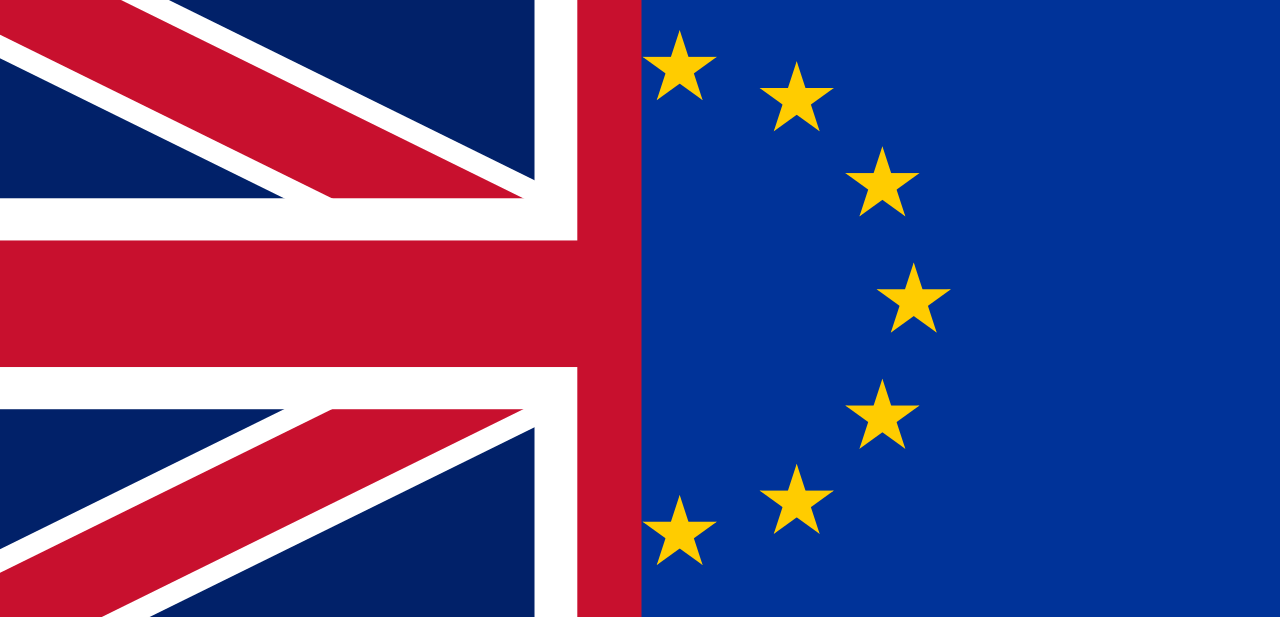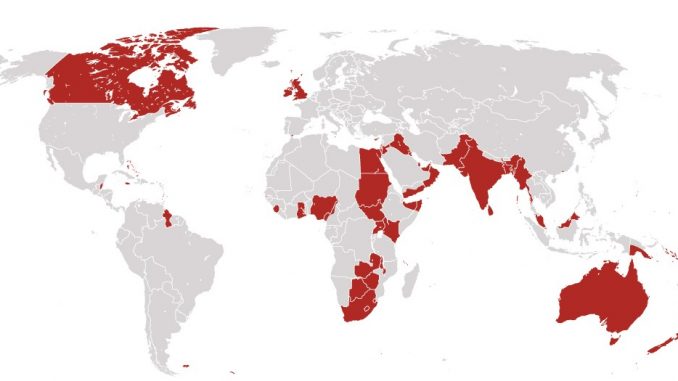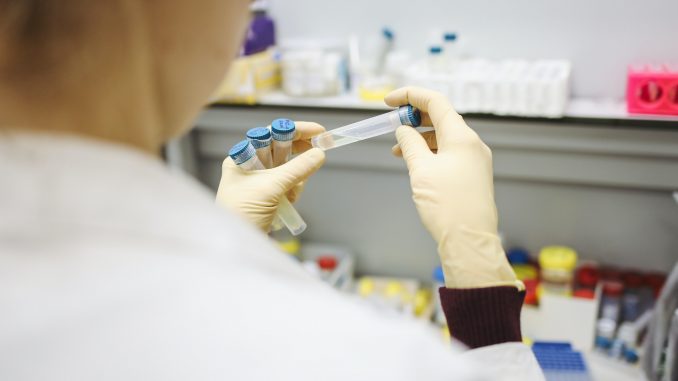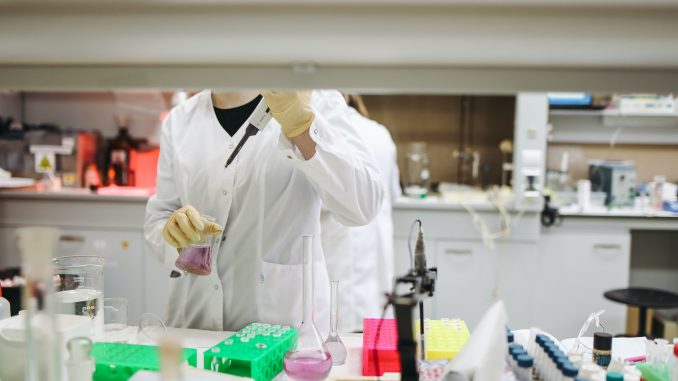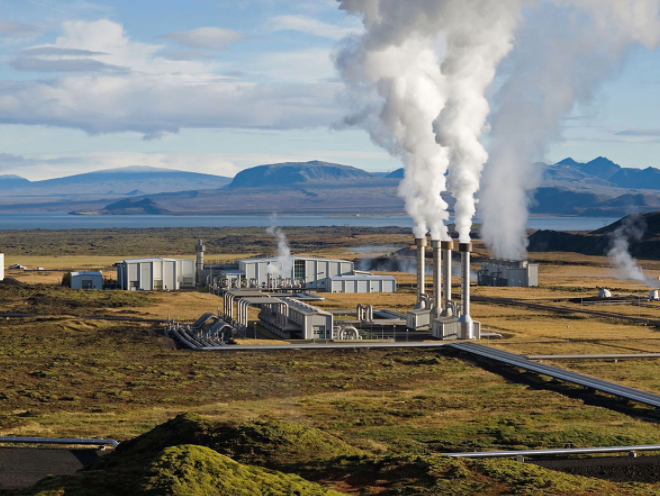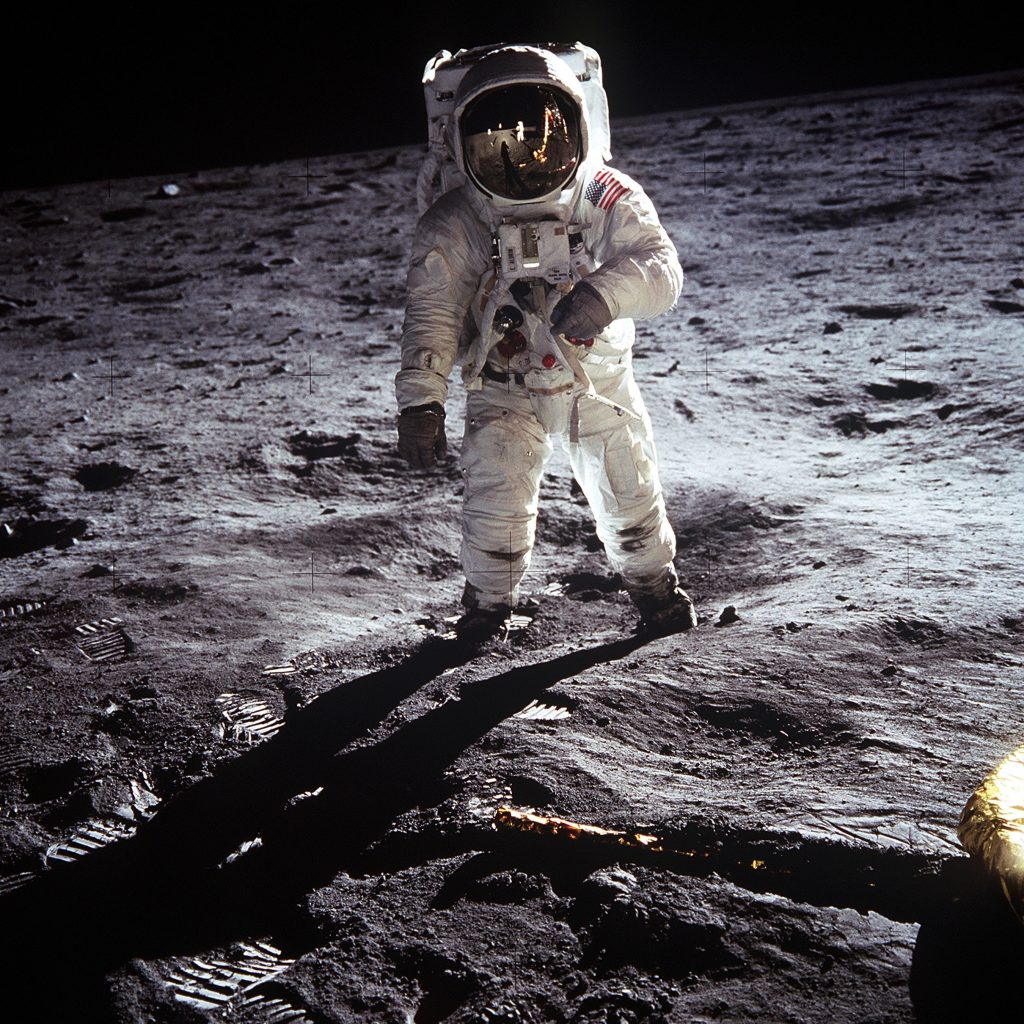Vera (Year 13) looks at the issues surrounding ‘greenwashing’ – where false or misleading claims about the eco- friendly nature of a product are made to support sales.
Have you ever been enticed by rough brown packaging or images of green fields and butterflies while shopping? It’s only natural to be lured by the green statements on packaging such as ‘all natural’ or ‘eco-friendly’. But have you ever stopped to think about what these statements truly mean?
It is easy to paint a company as ‘eco-friendly’ with a skilled hand in marketing and an assumption that the consumer will not look into the claims plastered on their advertisements. This is terribly harmful for the environment and is summarised by a term known as ‘greenwashing’.
Greenwashing is the practice of a company making claims about its environmental impact that are either misleading or false; a commercial sleight of hand to distract its eco-conscious consumers from its true environmental impact. The term was coined by Jay Westerveld in 1983 while he was on a student research trip to Samoa. He had stopped by Fiji to surf and while sneaking into the Beachcomber resort to steal fresh towels, he saw a note to costumers telling them to refuse new towels to protect the local reefs. He found the claim ironic since the resort was currently expanding into local ecosystems but had painted itself as environmentally conscious. Westerveld and a fellow student later wrote an essay in a literary magazine and gave a name to the resort’s practice. The term was picked up in the Oxford English dictionary by the year 2000.
It would be best to explain greenwashing with an example. One early case is that of DuPont in 1989. DuPont is an American chemicals company – previously the world’s largest in terms of sales. A 1989 advertising campaign announced new double-hulled oil tankers. The ad sees clapping dolphins and other marine animals in a crystal blue sea with Beethoven’s Ode to Joy playing in the background as they claim to be ‘safeguarding the environment’. This was all while DuPont was the single largest corporate polluter in the United States.
To give a more recent example (and my personal favourite) we have H&M, a popular Swedish fast fashion brand. The company launched their ‘H&M Conscious’ campaign in 2010 and it has continued to develop ever since. Some of their products now sport a green tag to signal that they are sustainably sourced. To qualify for this special tag, the garment must contain at least 50% sustainable material, such as organic cotton or recycled polyester. They make an exception for recycled cotton, of which only 20% must be used for the green tag, due to quality restraints. H&M also has a textile collection programme in many of its stores. If you donate clothes to the collection bin you are eligible for a £5 voucher on your next purchase of £25 or more at H&M. All of this makes H&M look like the posterchild of fast fashion looking to make a positive environmental impact. But the company makes these claims whilst maintaining 52 micro-seasons per year, perpetuating the cycle of fast fashion. Most of the clothes it takes in for donation at not recycled but instead sent to developing countries without the infrastructure to deal with toxic waste. The £5 voucher incentive merely encourages more consumerism and more wastage of fabrics and other resources. Its green tag clothing has a fairly low baseline but since few consumers are going to look into detail at the material of their clothing it serves as a successful flag for do-good shoppers. I see H&M not as the posterchild for eco-conscious fast fashion, but as the posterchild of greenwashing.

Lastly, we have the ethical greenwashers. Fiji Water sells expensive bottled water in Instagram-friendly packaging. One particular ad campaign used the voice of a young girl saying “Fiji water is gift from nature to us, to repay our gift of leaving it completely alone. Bottled at the source, untouched by man. It’s Earth’s finest water”. Beautiful choral music plays in the background as images of grand green mountains and lush forests pan across the screen. These claims are made despite plastics taking many hundreds of years to degrade and ignoring the carbon emissions impact of shipping water from Fiji across the world. Adding to this, the WHO states that 47% of Fijians don’t have access to clean, safe drinking water. The brand’s story appeals to their customer’s moral conscious that allows – nay encourages – them to buy bottled water. Yet Fiji does not show the consumer the devastating lack of access to drinking water across the Fiji islands.
And why would they? It would hardly be an effective business model to say to your customers: ‘buy this clothing – even though you are effectively burning through the Amazon by doing so’ or ‘buy our water – even though most of Fiji can’t drink it’. Greenwashing works. By the early 1990s, polling showed that companies’ environmental records influenced the majority of consumer purchases. A 2015 Nielsen poll showed that 66% of global consumers were willing to pay more for environmentally sustainable products. Amongst millennials, the percentage rose to 72%.
Making changes to reduce the environmental impact of consumer products is always a good thing – even if they are small changes. I support H&M’s campaign to use more recycled fabrics. I believe that if DuPont’s double-hulled oil tankers truly reduced the environmental damage they made on a continued basis, then they should absolutely go ahead with the idea.
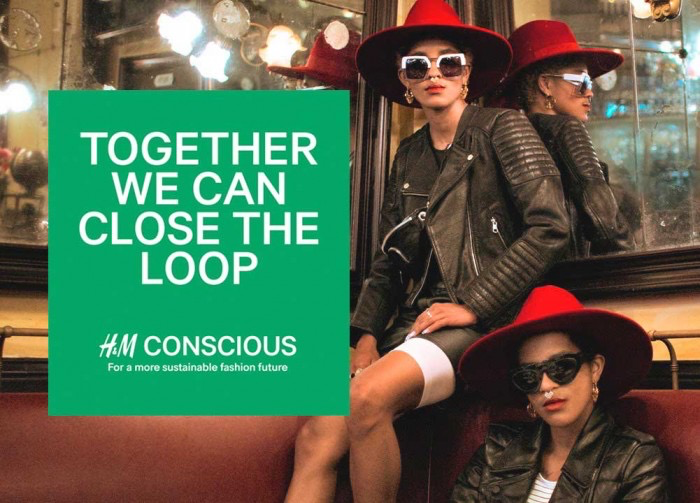
What becomes dangerous, however, is when these companies take to social media feeds and billboards to boast their incredible environmental achievements. It is dangerous because it only encourages the consumer to purchase more of the damaging product, offsetting any improvements they may have made. It is also misleading to the busy customer who does not have the time or resources to look into every environmental claim a company makes. Innumerable people have willingly spent more on what they assume to be eco-friendly products, when their claims could be entirely baseless.
Greenwashing often comes with noble intents. But the consequences may not always be noble. It is important to remain wary as a consumer of the potential motives of a company when you hear eco-jargon. It is even more important for the companies themselves to hold themselves accountable for the claims they make about their environmental impact. Greenwashing is a dangerous habit, but can easily be defeated with transparency and a little research.
Sources:
https://www.goingzerowaste.com/blog/how-to-tell-if-youre-being-greenwashed






